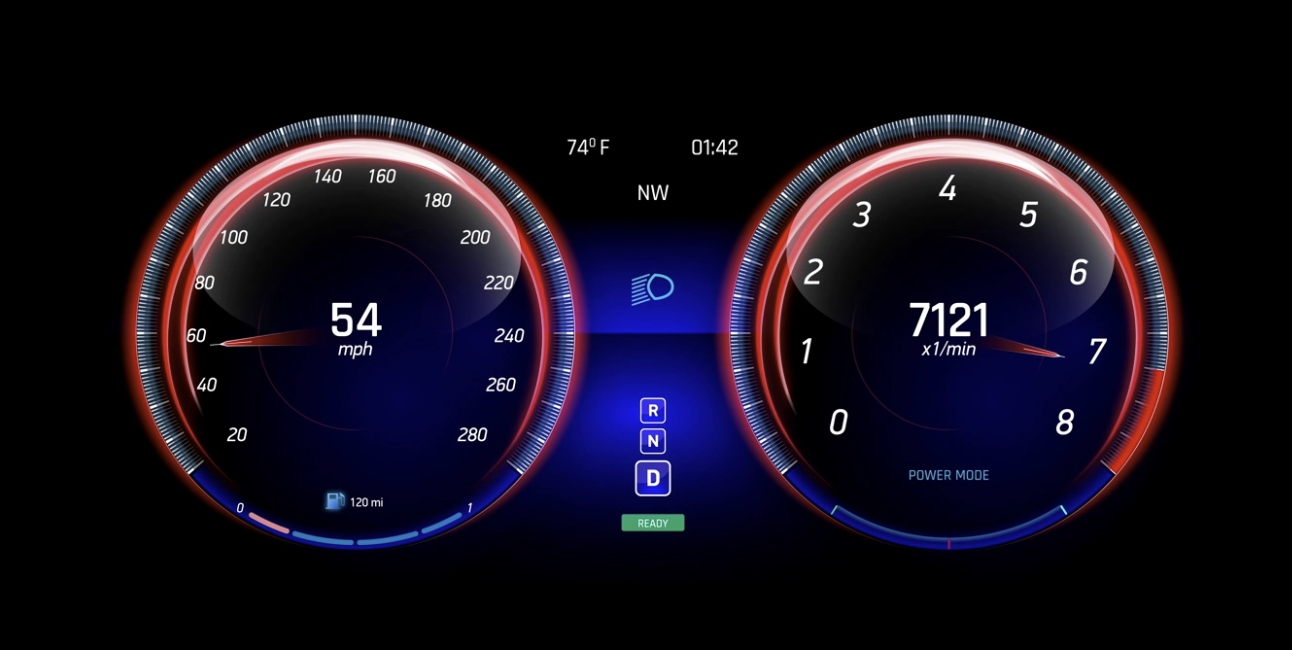
If you’re not using Attribution Modeling, you’re probably making less than ideal digital marketing decisions.
Many business owners, agency personnel and marketing executives may not be familiar with Attribution Modeling, but this very important feature in Google Analytics can provide insight to help you determine the effectiveness and efficiency of your overall marketing and digital marketing strategy.
Measurement and attribution are the foundation on which fact-based marketing decisions are made, yet with today’s customer acquisition process being highly fragmented across multiple channels and devices, this creates complexity and additional challenges that must be overcome.
What is Attribution Modeling?
Attribution modeling assigns credit for sales and conversions to touchpoints in conversion paths. Think of an attribution model as a rule, or set of rules, that dictate how credit for sales and conversions are assigned. This is important as some touchpoints may be worth more than others.
Attribution modeling example (images, courtesy of Google)
A potential new customer finds your site by clicking one of your Google Ads. He returns one week later by clicking over from Facebook. That same day, he comes back a third time via your eNewsletter, then a few hours later, he returns again directly and request a call via the contact form on the website.

In the Last Interaction attribution model, the last touchpoint, the Direct channel (in this case) would receive 100% of the credit for the sale.

In the Last Non-Direct Click attribution model, all direct traffic is ignored, and 100% of the credit for the lead or sale goes to the last channel that the customer clicked through from before converting. In this case, the eNewsletter receives credit.

In the Last Google Ads Click attribution model, (in this case it’s the last Google Ads click) the first and only click to the Paid Search channel would receive 100% of the credit for the sale.

In the First Interaction attribution model, (the first touchpoint—in this case) the Google Ads channel would receive 100% of the credit for the sale.

In the Linear attribution model, each touchpoint in the conversion path—in this case the Google Ads, Facebook, Email Marketing, and Direct channels—would share equal credit (25% each) for the sale.

In the Time Decay attribution model, the touchpoints closest in time to the sale or conversion get most of the credit. In this particular sale, the Direct and Email Marketing channels would receive the most credit because the customer interacted with them within a few hours of conversion. The Facebook channel would receive less credit than either the Direct or Email Marketing channels. Since the Google Ads interaction occurred one week earlier, this channel would receive significantly less credit.

In the Position Based attribution model, 40% credit is assigned to each the first and last interaction, and the remaining 20% credit is distributed evenly to the middle interactions. In this example, the Google Ads and Direct channels would each receive 40% credit, while the Facebook and Email Marketing channels would each receive 10% credit.
What Does it Mean?
If you set up and evaluate data based on the appropriate attribution model, you’re positioned to make knowledgeable big-picture decisions based on accurate data.
If the wrong attribution model is utilized, you may receive a partial picture or evaluate data that’s inconsistent with your original goals and make less than ideal marketing decisions. This could lead to budgets being cut for initiatives that are working or overspending on tactics that may not be performing as hoped.
With proper measurement and interpretation, marketers can track each step in the sales process – even if the user interacts with multiple channels via different devices. It’s important for marketers to know how much credit to assign to each touchpoint along the way. Proper allocation yields accurate data which can be used to make more informed strategic and budget-related marketing decisions.

